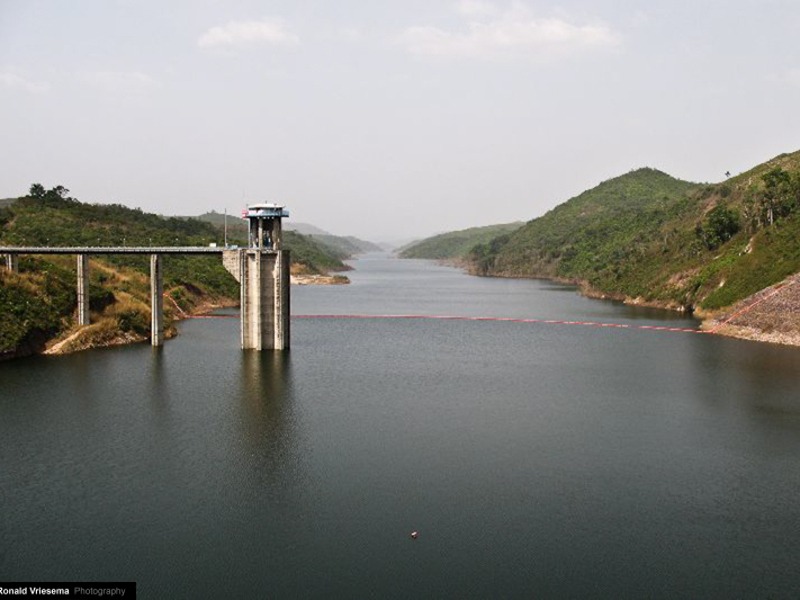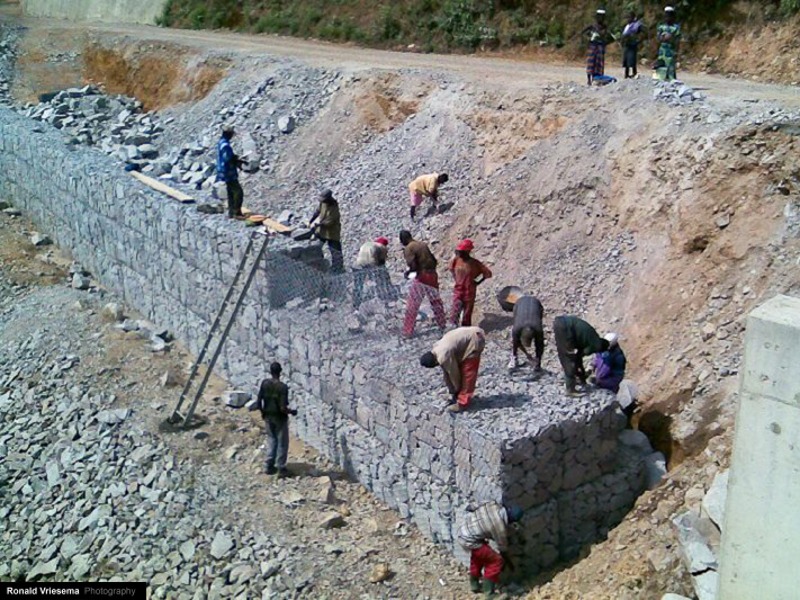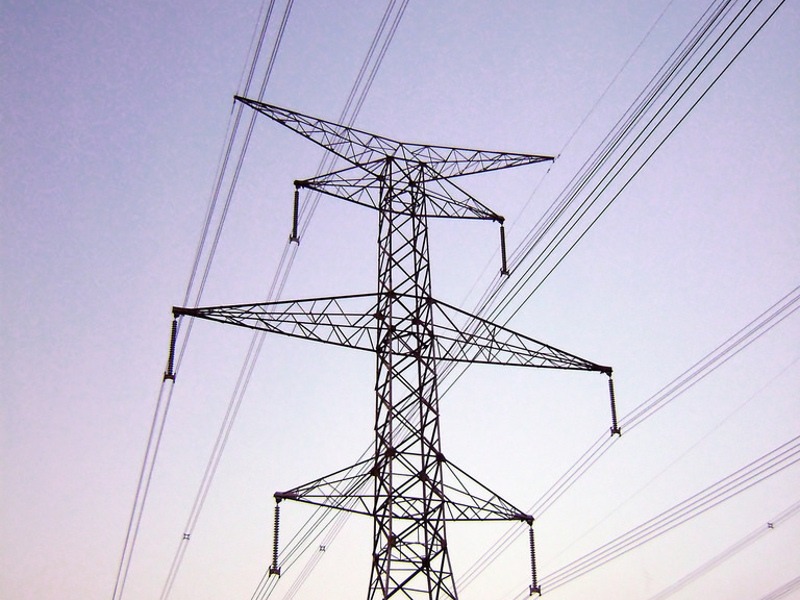The 50MW Bumbuna hydroelectric power plant located on the Seli River in the Tonkolili district of Sierra Leone is being expanded to add 143MW of installed capacity.
Construction on the $750m expansion project is expected to be started by the end of 2019, while commissioning is expected by 2024.
The 50MW Bumbuna phase one, owned by the Government of Sierra Leone, has been in operation since 2009. The plant was built with an investment of $327m.
The 143MW Bumbuna phase two will be developed, owned, and operated by Seli Hydropower, a joint venture between Joule Africa and the local company Energy Services Company (ESCO).
Project Gallery
-

Bumbuna hydroelectric power plant is located on Seli River in Sierra Leone. Image courtesy of Ronald Vriesema.
-

Construction on Bumbuna phase two is expected to be started by the end of 2019. Image courtesy of Ronald Vriesema.
-

The Bumbuna expansion project is expected to commence operation in 2024. Image courtesy of Ian Mutto.
Joule Africa signed a 25-year power purchase agreement (PPA) with the Government of Sierra Leone in August 2017. The project received government approval in December 2017.
The Bumbuna phase two hydroelectric project will help Sierra Leone’s goal to provide electricity access to 30% households in the country by 2030.
The expansion project is expected to create 1,200 construction jobs.
Bumbuna phase one make-up
The existing BHP plant is a run-of-river hydroelectric project comprising an 88m-high and 400m-long rock-fill dam and a surface power house equipped with two 25MW Francis turbines.
The left tunnel on the dam has 3,000m³/s of design discharge capacity and is used as a primary spillway, whereas the right tunnel is used as the power tunnel and auxiliary spillway. The intake structure for the power tunnel comprises a 93m-high and 7.5m-diameter hexagonal tower.
Bumbuna phase two details
The Bumbuna phase two project involves extension of the existing Bumbuna dam and construction of a new dam upstream at Yiben, approximately 30km north of the Bumbuna dam.
The Bumbuna extension will include two 42.15MW Francis turbines and a 3.7MW small turbine. A new power intake structure will be built approximately 400m upstream of the existing dam. The project will also involve a 1.9km new headrace tunnel and a 1.67km-long tailrace canal.
The Yiben dam, to be constructed 30km upstream of the Bumbuna extension, will be an 83m-high and 730m-wide roller compacted concrete (RCC) gravity dam. The power house on the left bank of the Yiben dam will be equipped with two 27.7MW Francis turbines.
The reservoir for the Yiben dam will have surface area of 115km².
Power transmission from Bumbuna hydroelectric power plant
The power generated from Bumbuna phase one is fed to the national grid through a 200km 161kV single-circuit transmission line at Freetown Peninsula.
The electricity generated by Bumbuna phase two will be transmitted through a new 225kV double-circuit line connecting the WAPP substation located 4km south-west of the Bumbuna Extension.
Bumbuna Extension and Yiben will be connected through a 34km-long 225kV single-circuit line.
Financing
The African Development Bank (ADB) provided $103m for phase one of the Bumbuna hydroelectric power station.
The Electrification Financing Initiative (ElectriFI), a financial facility funded by the European Commission, agreed to provided $3.5m for Bumbuna phase two in January 2019.
Joule Africa is also in discussion with ADB, Private Infrastructure Development Group (PIDG), and the Emerging Africa Infrastructure Fund for additional funding for the project.
Contractors involved
TURBO-Ganz provided turbines for Bumbuna phase one. Lahmeyer International was engaged to prepare the feasibility study for the Bumbuna second phase in June 2011.
Environmental Resources Management (ERM) and CEMMATS were responsible for conducting the environmental and social impact studies for the expansion project.
